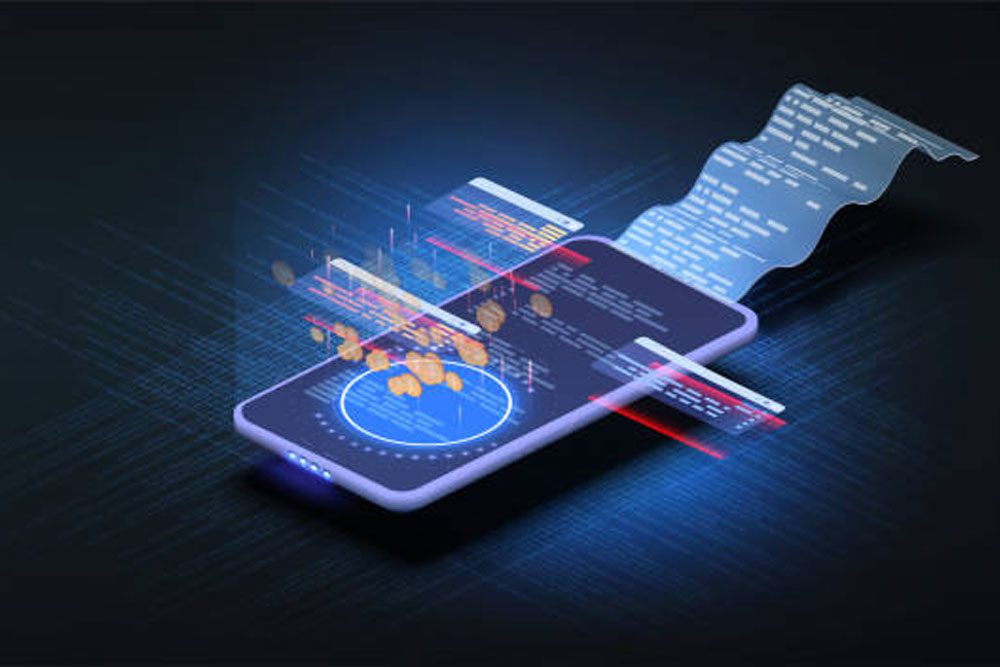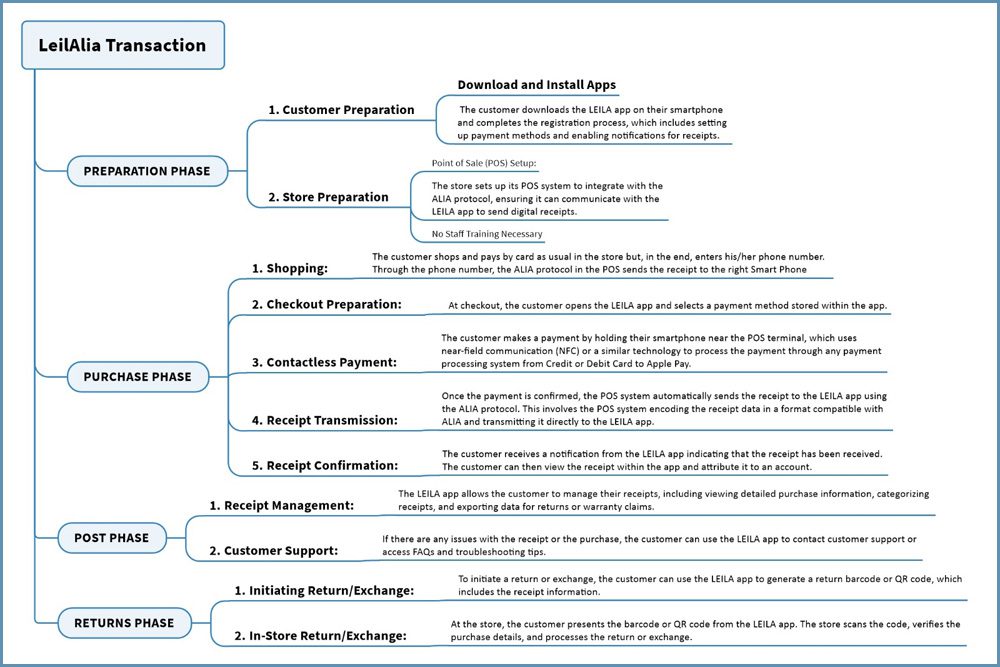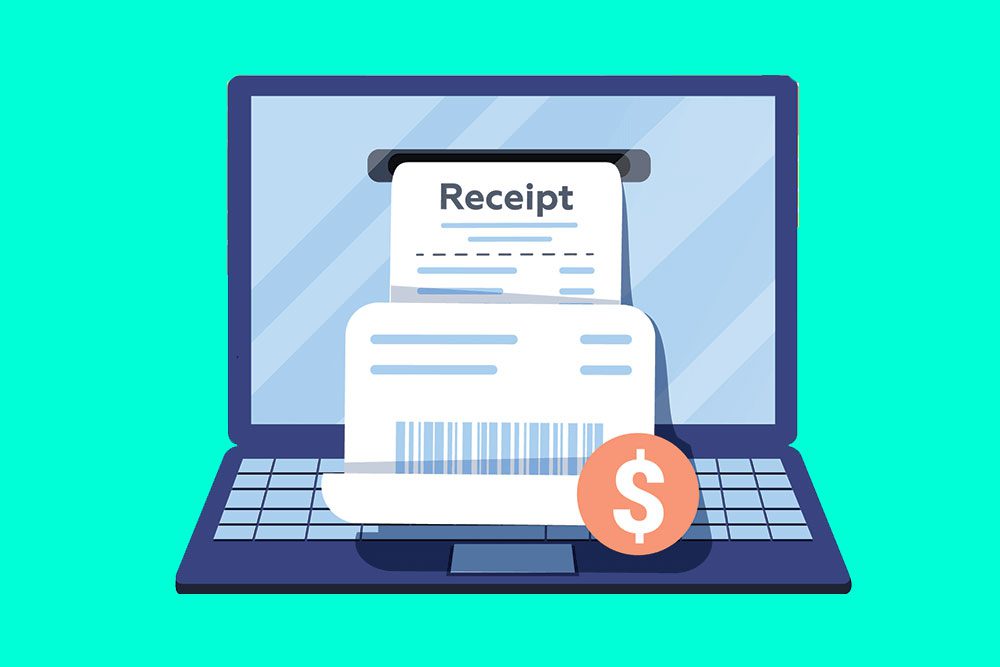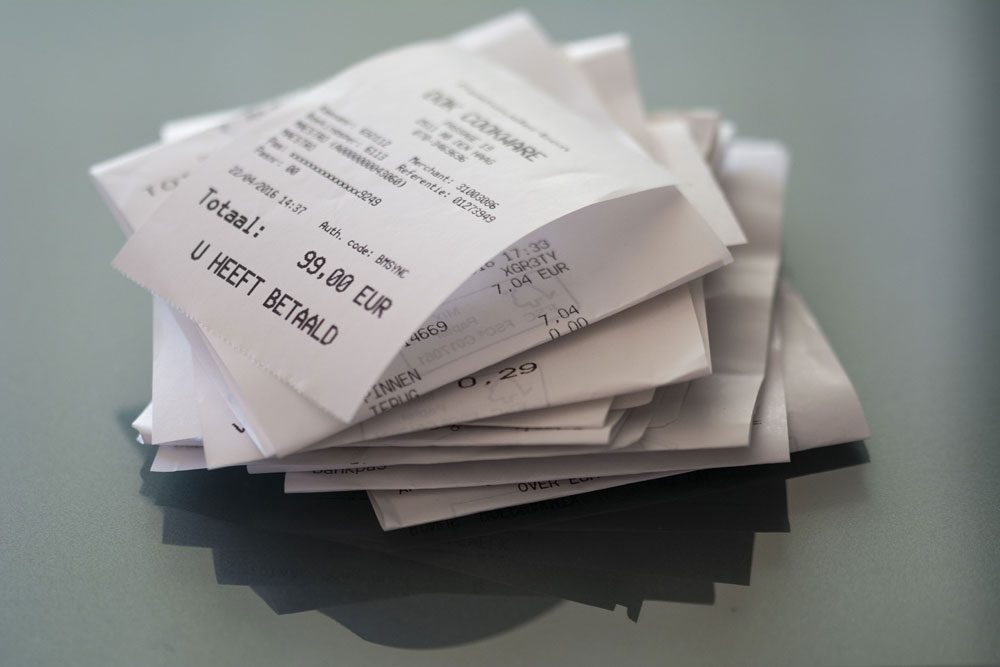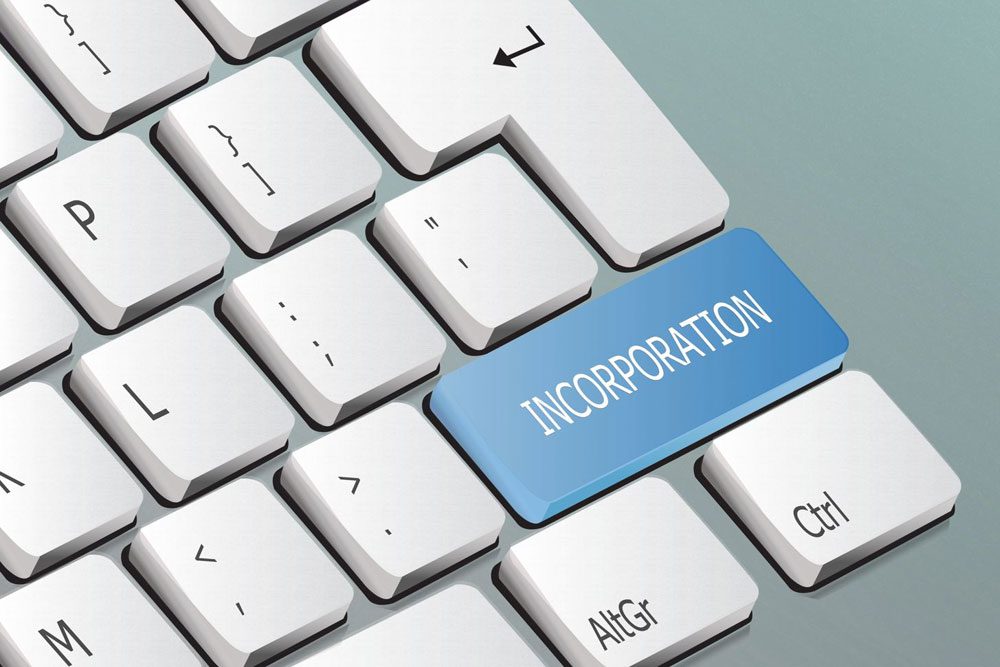In today’s fast-paced digital world, technology continues to reshape the way we interact with goods and services. One of the most significant changes in the way we handle transactions is the advent of digital receipts. Gone are the days of paper receipts cluttering our wallets and drawers. Instead, many businesses are now offering digital receipts that are sent directly to your email, smartphone app, or stored in a cloud service. While this shift to a paperless system offers numerous benefits, it also raises some concerns. Let’s dive into the PROs and CONs of digital receipts.
PROs of Digital the Receipt
- Environmental Impact: One of the most significant advantages of digital receipts is their positive effect on the environment. By eliminating the need for paper, businesses and consumers contribute to reducing paper waste. This simple change can make a big difference in cutting down on the environmental impact associated with printing and disposing of paper receipts.
- Convenience and Accessibility: Digital receipts are incredibly convenient. Instead of sifting through a pile of paper receipts in your purse or wallet, you can easily search for and access your purchase history on your smartphone or computer. This makes tracking your expenses and returns more efficient. In addition, digital receipts often include detailed product information, helping you keep better records of your purchases.
- Space Saving: Gone are the days of stuffing your receipts into drawers or shoe boxes. Digital receipts take up no physical space, meaning your home or office will remain clutter-free. You won’t need to worry about finding a place to store them, and if you need to look up a receipt, it’s just a few clicks away.
- Security and Fraud Prevention: Digital receipts can be more secure than paper ones. With the rise of AI tools that can generate fake invoices and bills, having a digital record can help prevent fraudulent practices. Digital receipts are often tied to specific transaction information, such as your credit card number or email address, which makes it harder for scammers to create fake bills. In addition, companies can use secure encryption methods to ensure that the digital receipt cannot be easily tampered with, reducing the risk of fraud.
- Easier Returns and Warranty Claims: When you need to return an item or file a warranty claim, digital receipts make the process easier. Many businesses offer an automatic link to your receipt in their system, streamlining returns and claims processing. You won’t need to worry about losing the receipt or dealing with a faded printout.
CONs of the Digital Receipt
- Privacy Concerns: One of the primary concerns with digital receipts is the potential for privacy breaches. When you provide your email address or phone number to receive a digital receipt, it may be stored in a company’s database. This creates an opportunity for sensitive information to be compromised, especially if a company’s security measures are weak. Additionally, businesses could potentially use your purchase data for targeted advertising or selling it to third parties without your explicit consent.
- Technology Dependence: Digital receipts rely heavily on technology, which means if you don’t have access to a smartphone or computer, you may miss out on the benefits of this system. Additionally, if you lose your phone, forget your password, or experience other tech-related issues, you could lose access to your receipts or have trouble retrieving them when needed.
- Not Universally Accepted: Despite their increasing popularity, digital receipts are still not universally accepted. Some businesses, especially small or independent ones, may not offer the option for digital receipts. In these cases, consumers may still be required to take home a paper receipt, defeating the purpose of going paperless.
Conclusion
The shift to digital receipts comes with a wide range of advantages, from reducing paper waste and offering better convenience to enhancing security and fraud prevention. In particular, digital receipts help avoid the fraud risks associated with incorrect or entirely fake bills, especially in an era when AI tools can easily generate fake invoices without needing graphic design skills. However, there are concerns, including privacy issues, and dependence on technology. As digital receipts become more widespread, it will be crucial for businesses to address these concerns while continuing to improve the security and accessibility of the system.
Ultimately, as technology evolves, digital receipts have the potential to provide consumers with a more streamlined, secure, and sustainable way of managing their transactions. However, both businesses and consumers must remain vigilant to ensure that the benefits outweigh the risks.

